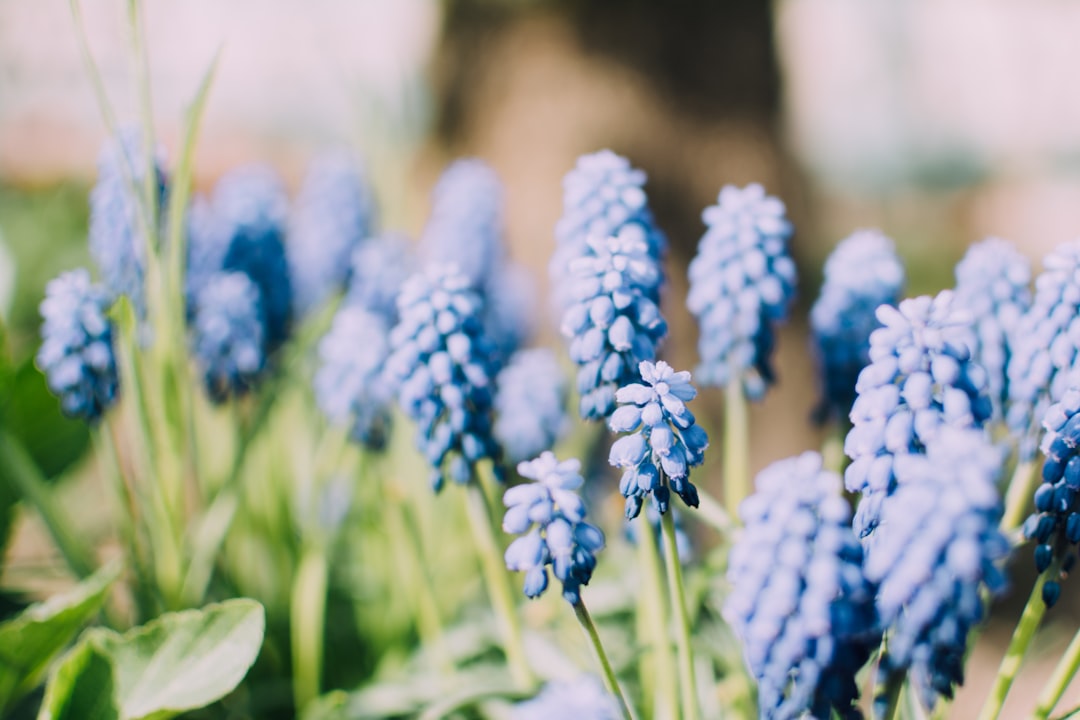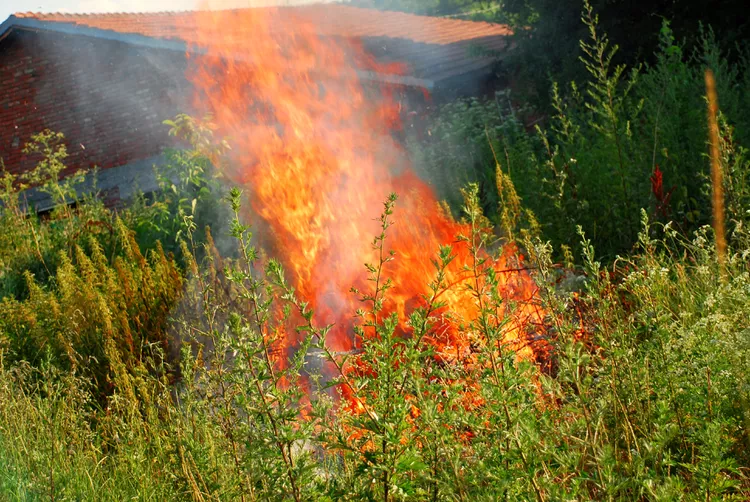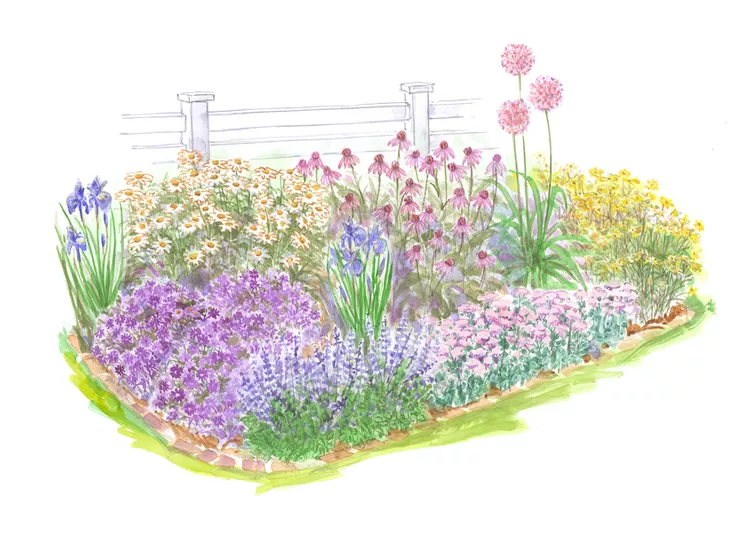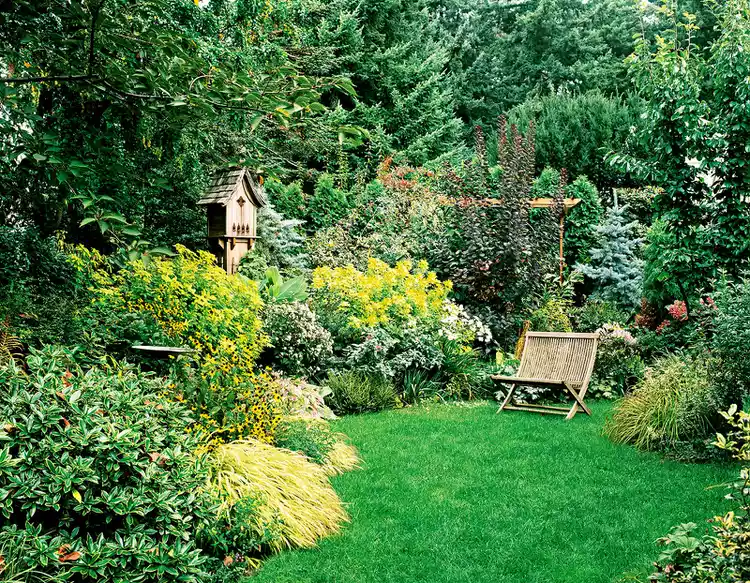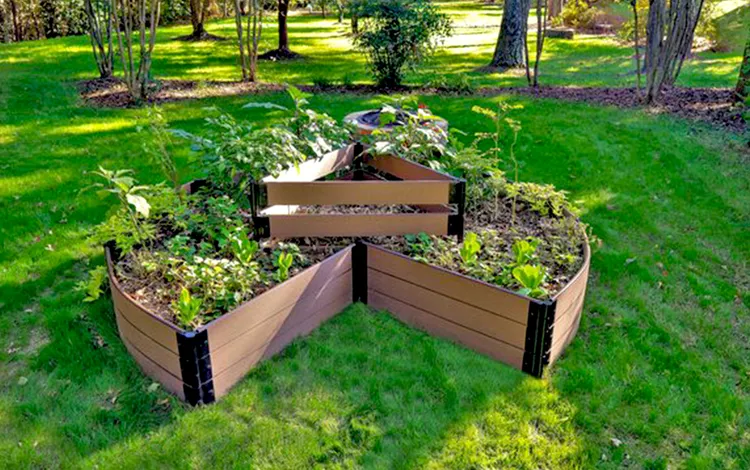Embarking on the journey of gardening is like opening a door to a world filled with colors, scents, and the joy of nurturing life. One of the most rewarding aspects of gardening is the ability to collect seeds from your own flowers, fruits, and vegetables. Not only does this save you money, but it also allows you to grow plants that are well - adapted to your local environment. In this guide, we'll take you through the process of seed collection, step by step.
Let's start with flower seeds. Flowers are not just beautiful to look at; they are also a treasure trove of seeds. Different types of flowers have different seed collection methods. For annual flowers like marigolds and zinnias, the process is relatively straightforward. Once the flowers have faded and the seed heads have dried, you can simply snip them off. Place the seed heads in a paper bag and gently crush them. The seeds will fall out, and you can separate them from the chaff by sifting through a fine - meshed sieve. Make sure to label the bag with the name of the flower and the date of collection.
Perennial flowers, on the other hand, may require a bit more patience. Some perennials, such as coneflowers and black - eyed Susans, produce seeds in the fall. Wait until the seed heads turn brown and dry on the plant. Then, cut the seed heads and store them in a cool, dry place for a few weeks to ensure complete drying. After that, you can extract the seeds as you would with annuals.
Now, let's move on to fruit seeds. Fruits like apples, pears, and peaches contain seeds that can be used to grow new trees. However, it's important to note that the resulting trees may not be identical to the parent tree due to cross - pollination. To collect apple seeds, for example, cut the apple in half and remove the core. Extract the seeds and rinse them thoroughly to remove any pulp. Spread the seeds on a paper towel and let them dry for a few days. Once dry, store the seeds in a sealed container in the refrigerator until you're ready to plant them.
For berries, such as strawberries and raspberries, the seeds are tiny and embedded in the flesh. To collect strawberry seeds, mash a ripe strawberry and spread the pulp on a paper towel. Let it dry for a few days. Then, rub the dried pulp between your fingers, and the seeds will separate from the pulp. You can then collect the seeds and store them in a cool, dry place.
Vegetable seeds are also a great addition to your seed collection. Tomatoes are a popular choice. To collect tomato seeds, cut a ripe tomato in half and squeeze the pulp and seeds into a container. Add a little water and let the mixture ferment for a few days. This fermentation process helps to remove the gelatinous coating around the seeds, which can inhibit germination. After fermentation, pour off the floating debris and rinse the seeds thoroughly. Spread the seeds on a paper towel to dry, and then store them in a labeled envelope.
Peppers are another vegetable with easily collectible seeds. Cut a ripe pepper open and remove the seeds. Spread the seeds on a paper towel and let them dry for a week or so. Once dry, store the seeds in a sealed container. When collecting bean and pea seeds, wait until the pods have dried on the plant. Then, shell the pods and collect the seeds. Make sure to store them in a cool, dry place.
Proper storage of seeds is crucial for their viability. Seeds should be stored in a cool, dry, and dark place. You can use envelopes, glass jars, or plastic containers for storage. Label each container with the name of the plant, the date of collection, and any other relevant information. It's also a good idea to check the seeds periodically for signs of mold or damage.
When it comes time to plant your collected seeds, make sure to follow the specific planting instructions for each type of plant. Some seeds may require stratification, which is a period of cold treatment to simulate winter conditions. Others may need to be soaked in water before planting to speed up germination.
In conclusion, seed collection is a wonderful way to enhance your gardening experience. It allows you to have a continuous supply of plants, experiment with different varieties, and connect more deeply with the natural world. So, roll up your sleeves, grab your gardening tools, and start collecting those seeds. Your garden will thank you for it!






